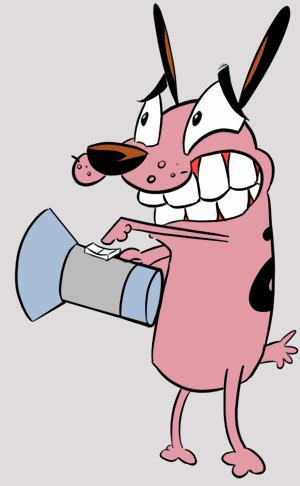- Who is being shown/what angle
- How are we meant to 'view' or 'look' at them
- What are we seeing
- Whay shots
- What is being displayed
- What clothing/ environment
- perfomance? How is it different?
- Props depict ethnicity in what way
- Body language etc.
- Who is getting screen time?
- At whose expense
- How is ethnicity being represented
Sound: (what are we hearing?)
- What can be identified as representation of ethnicity?
- Music- either stereotypical or subverted
- Dialogue: speech patterns/ use of language (slang)
- Diagetic & Non-Diegetic: dialogue, music & sound effects
- How are they used
- What are we meant to think?
- What sort of sound is used at which moment?
Ethnicity is what one defines themselves. It is usually determined by race, colour or religious background
For most people, the identificiation of oneself as female of male is the foundation of self-identity:
- Men may naturally be seen as more aggressive, domineering, competitive and hierarchially orientated
- Females may naturally be seen as more passive, acquiesent, nurturing, egalitarian and domestically orientated
- These arguments are 'essentialist' that is, they assume a kind of biological determination or universal pattern of culture
Biology may determine our sex as male or female but culture shapes the content and conduct of what it takes to be a woman or a man
- Gender identity is socialised: it is a cultural construct that the media actively work to promote
- Sex/gender distinction is a matter of social power
- What is being represented?
- How is it represented? Using what codes? Within what genre?
- How is the representation made to seem 'true', 'commonsense' or 'natural'?
- What is foregrounded and what is backgrounded?
Good--------------------------------Evil

Man------------------------------------Woman
Boy-----------------------------------Girl

Hero----------------------------Coward


KULESHOV EFFECT-use of juxtaposition of images!!!
Editing plays a vital role in deciding what is seen and what is not seen
- if the female role is shown continually in charge and juxtaposed against male roles shown in more weak or vulnerable positions then the audience reads this as a challenge to accepted behavioural or gender codes
- If the reverse is shown - male role juxtaposed with female role in vulnerable and weak position it is the normal
ARCHETYPE:
-character framwork-
- Black sidekick
- Hero
- Villain
- Helpful old man
- Femme fatale
No comments:
Post a Comment